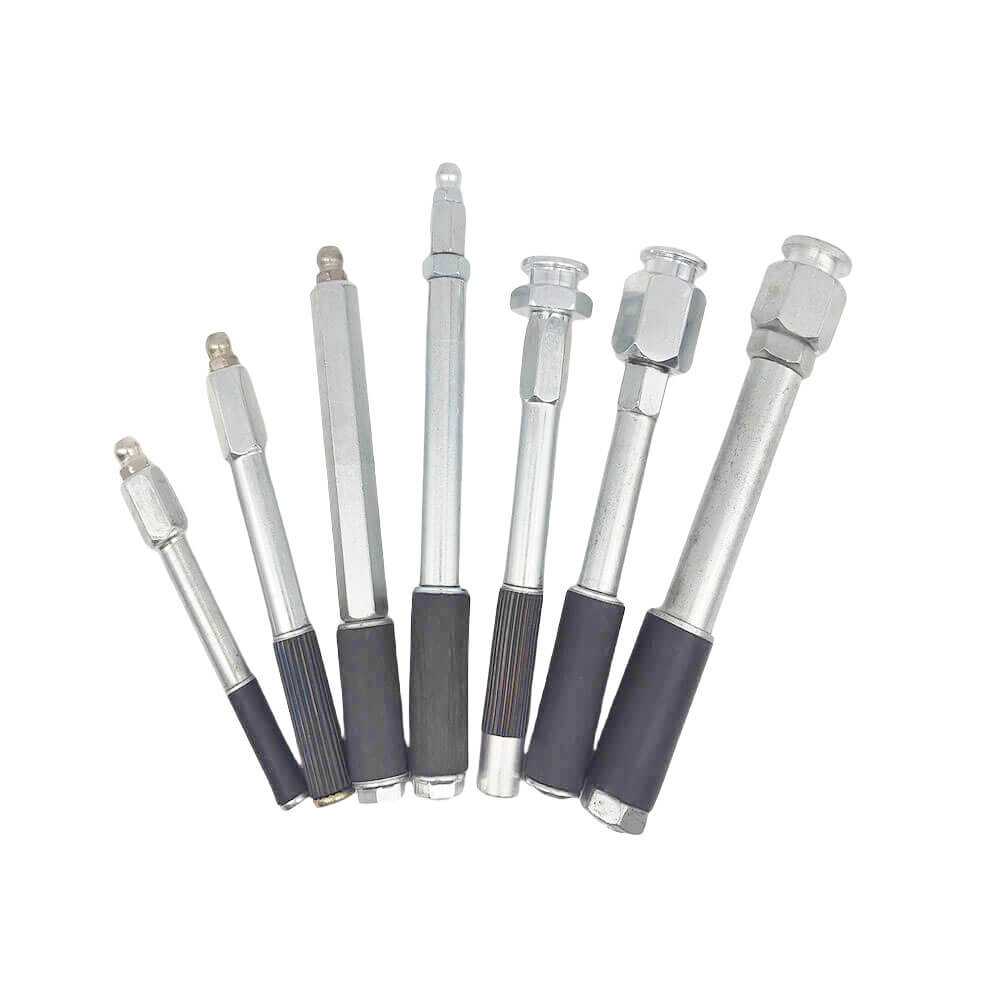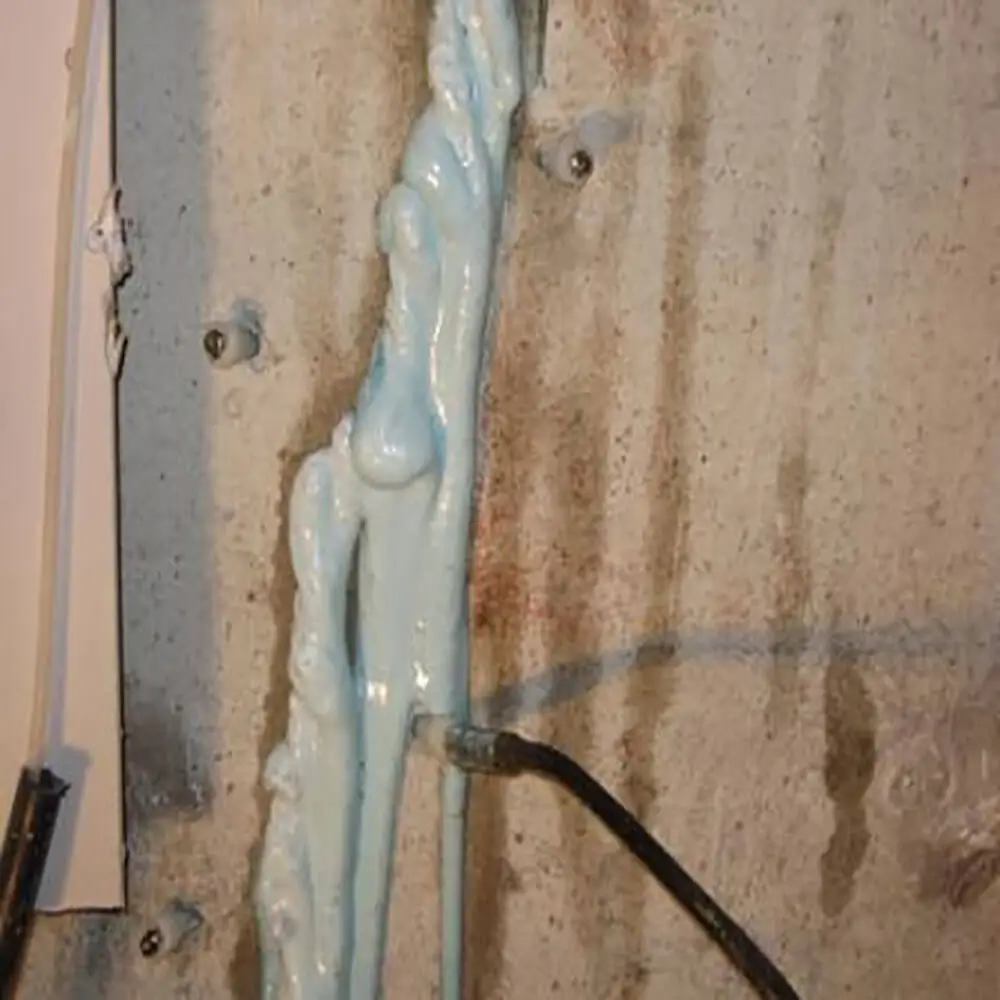Cracked Concrete? Don’t Panic! Here’s How Crack Injection Can Save the Day
Cracks in your foundation or concrete walls can be a cause for concern. But before you start picturing worst-case scenarios, there’s a reliable solution: crack injection. This effective technique injects a special resin or grout into the cracks by injection packer onjunction with grout pumps, restoring strength and preventing further damage.
Understanding the Science Behind Crack Injection
Crack injection works by filling the cracks with a compatible material that bonds with the concrete. This injected material, typically a resin or grout, flows easily into the cracks, completely sealing them and protecting the structure from future deterioration.
Choosing the Right Resin or Grout for the Job
The success of crack injection hinges on selecting the right material and tools. It needs to be compatible with the concrete, forming a strong bond. Additionally, it should withstand the specific environmental conditions the structure faces. Here’s a breakdown of the most common choices:
- Epoxy Resins: Known for their exceptional strength and durability, these are ideal for high-load structures like bridges and buildings.
- Polyurethane Resins: Low viscosity is their key advantage, allowing them to flow effortlessly into tight cracks. They’re well-suited for structures exposed to harsh environments, such as those near water.
- Cementitious Grouts: Perfect for large cracks and voids, these grouts are often used in dams and other large structures.
- Injection Packer: An injection packer is a specialized tool used in conjunction with grouting pumps for crack injection .
- Grouting Pump: A grouting pump is a specific type of pump designed to handle the thick, sometimes abrasive mixtures used in grouting applications
The Crack Injection Process Explained: Step-by-Step
Crack injection involves a series of steps:
- Crack Cleaning and Preparation: Any debris or loose concrete is removed from the cracks, ensuring a clean and unobstructed surface.
- Drilling Injection Points: Holes slightly larger than the crack width are drilled to facilitate the injection process.
- Material Injection: The chosen resin or grout is pumped into the cracks under pressure, ensuring complete filling and displacing any water or air present.
- Sealing the Injected Cracks: Once filled, the holes are sealed with plugs or caps to prevent future water or debris ingress.
Factors Influencing Crack Injection Success
Several factors determine the success of crack injection:
- Material Selection: Choosing the right resin or grout for the specific situation is crucial.
- Crack Preparation: Proper cleaning and preparation of the cracks ensures optimal material bonding.
- Injection Process: Applying the injection process with the correct pressure and flow rate guarantees complete crack filling.
Conclusion: A Reliable Solution for Concrete Repairs
Crack injection is a proven and reliable technique for repairing and strengthening concrete structures. By injecting a compatible resin or grout into the cracks, you can effectively seal them, prevent further damage, and extend the lifespan of your concrete structures. With the right approach, crack injection can restore the structural integrity and peace of mind you deserve.

